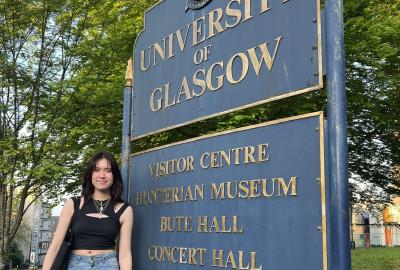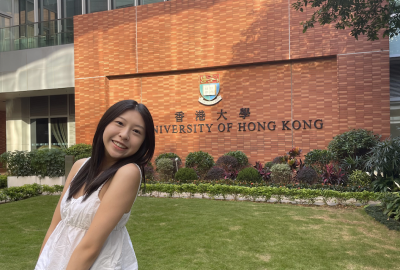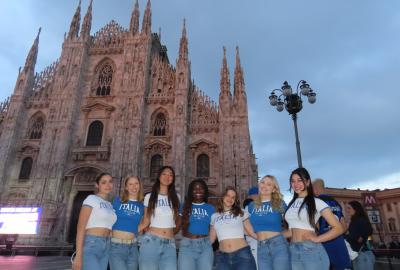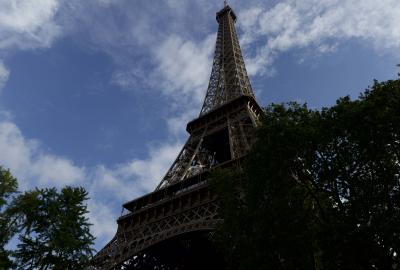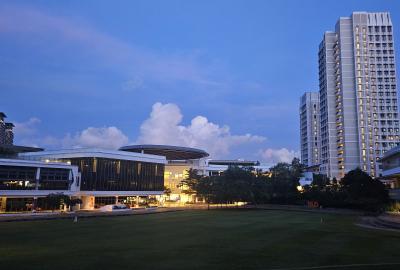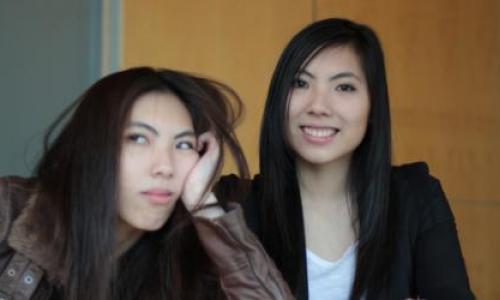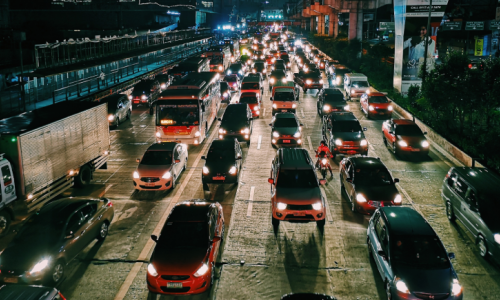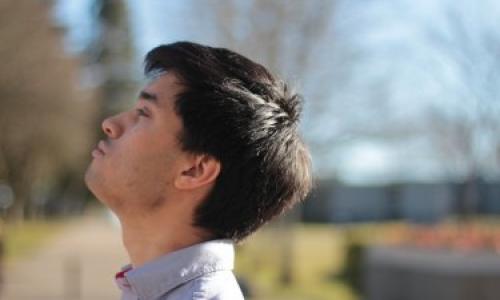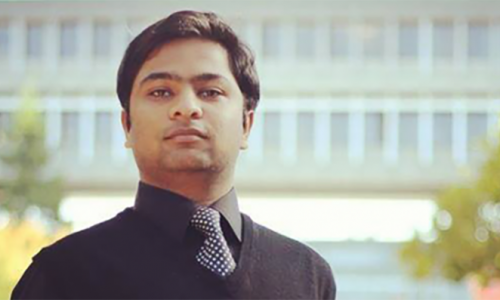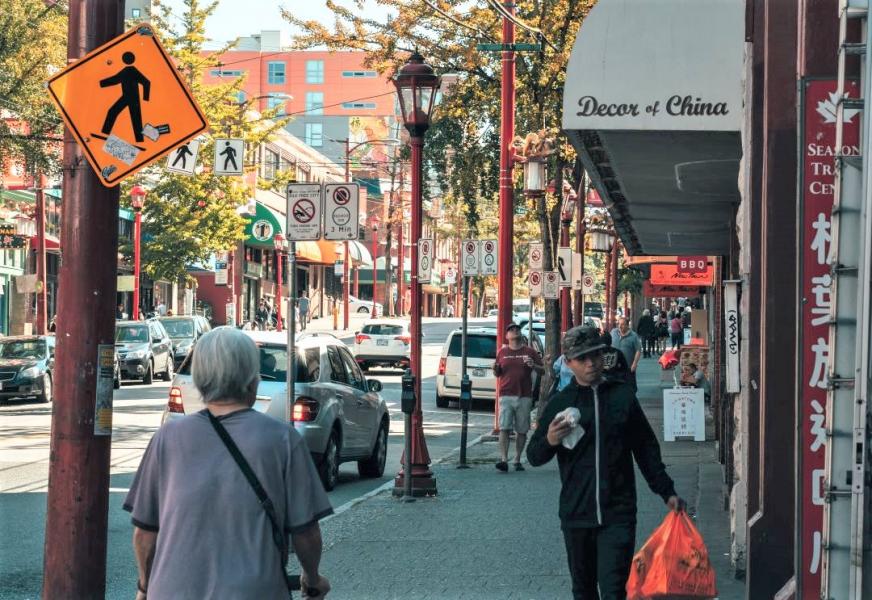
Vancouver is consistently ranked as one of the best cities to live in. Multiculturalism and inclusivity are some of the most defining features of the city. Yet recently there has been a strong push for rejuvenating the historic neighbourhoods of the city. One of the most visible neighbourhoods to undergo such rejuvenation is Chinatown. It was initially developed along Carrall and Pender Street by the Chinese labourers who first settled in the 1880’s. Once a site of small businesses owned by Chinese families, Chinatown was considered to be one of the poorest areas of Vancouver for many years.
However now Chinatown is being developed into an up-and-coming neighbourhood of the city. Newly opened fashion stores, trendy cafes and rising condos are a visible sign of Chinatown's gentrification. Gentrification is often associated with urban development that provides high-quality housing, increased employment and business opportunities. But besides these positive outcomes, gentrification also brings significant increases in rent and the unequal distribution of developmental benefits to the middle class. This often leads to the displacement of lower-income classes from areas of traditional residence.
This short video-documentary was created in hopes to represent a diversity of voices of Chinatown. Having interviewed a variety of business owners, our team came to some mixed conclusions. As the neighbourhood has become more polished, more people came to the local stores and restaurants. Yet, those developments also drove up the rent, pushing out many businesses which have existed in the area for decades.
It is problematic when a neighbourhood is swept away by the commercialism with little consideration of its effects on the locals and the preservation of history and culture. If Vancouver is to keep its title of being a multicultural city, preservation of its cultural heritage should be prioritized. We should be able to see economic development, which does not displace the most vulnerable populations. Multiculturalism is more than the abundance of culturally diverse cuisines, being a multicultural city requires the inclusion and equal support to all its inhabitants.
This project was made for CMNS 432 with Daniel Ahadi.
This article was originally published on the SFU School of Communication Collective Blog on July 29, 2022.

